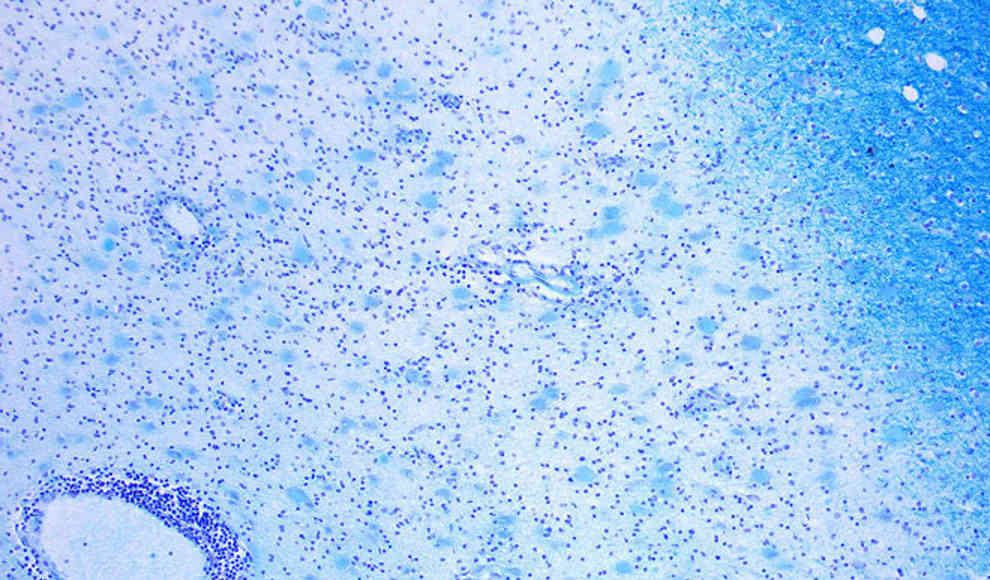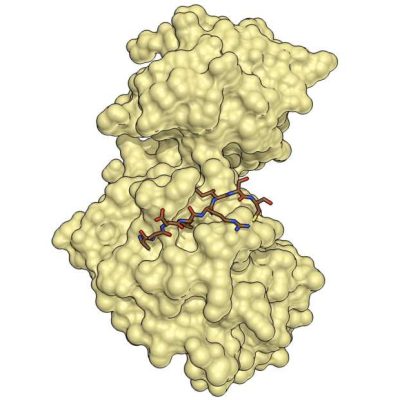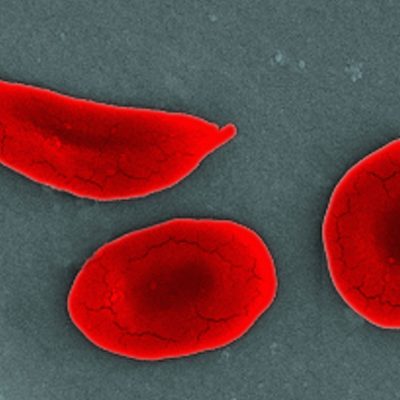In a groundbreaking development, researchers have successfully cured patients of Multiple Sclerosis (MS) for the first time. However, the process involved completely destroying the patient’s immune system and rebuilding it using their own bone marrow. The effort was worth it, as none of the patients experienced a new relapse or inflammation during the 13-year observation period.
MS is an autoimmune disease that affects approximately two million people worldwide. The disease causes immune cells to attack the myelin sheaths of nerves, leading to inflammation in the brain and spinal cord. This results in progressive muscle weakness, sensory disturbances, and paralysis. Despite the growing knowledge about the disease and promising stem cell research, MS remains incurable. Harold Atkins and his colleagues at the Ottawa Hospital Research Institute took a completely different approach to curing MS: a complete immune system replacement.
The patients first received a drug that caused blood-forming stem cells to move from the bone marrow into the blood. These cells were then isolated and frozen after a blood sample. The next step involved aggressive chemotherapy that completely destroyed the patient’s immune system, including the information and cells responsible for the faulty attack on the immune system. During this time, the patients were completely vulnerable to infections and had to remain in isolation. After the patient’s immune system was completely destroyed, it was rebuilt using infusions of the previously extracted bone marrow cells. This process then triggered the production of new immune cells that no longer attacked the nerve sheaths, as reported by the researchers in The Lancet.
In the first clinical trial, the researchers treated 24 patients with a very aggressive and rapidly progressing form of MS. Over 13 years after the therapy, the doctors monitored whether there were any further relapses or inflammation. The results could not have been clearer: none of the patients developed a new inflammation or relapse after treatment. In fact, 40% of the patients even saw an improvement in their health, which had been affected by previous relapses and inflammation. Improvements in vision, muscle strength, and balance were observed. Although around 30% of patients experienced a slight health setback after the observation period, it was not comparable to the rapidly progressing and aggressive form of MS they had before. Atkins emphasizes that the therapy is accompanied by severe side effects and risks, making it suitable for only a small percentage of MS patients.










